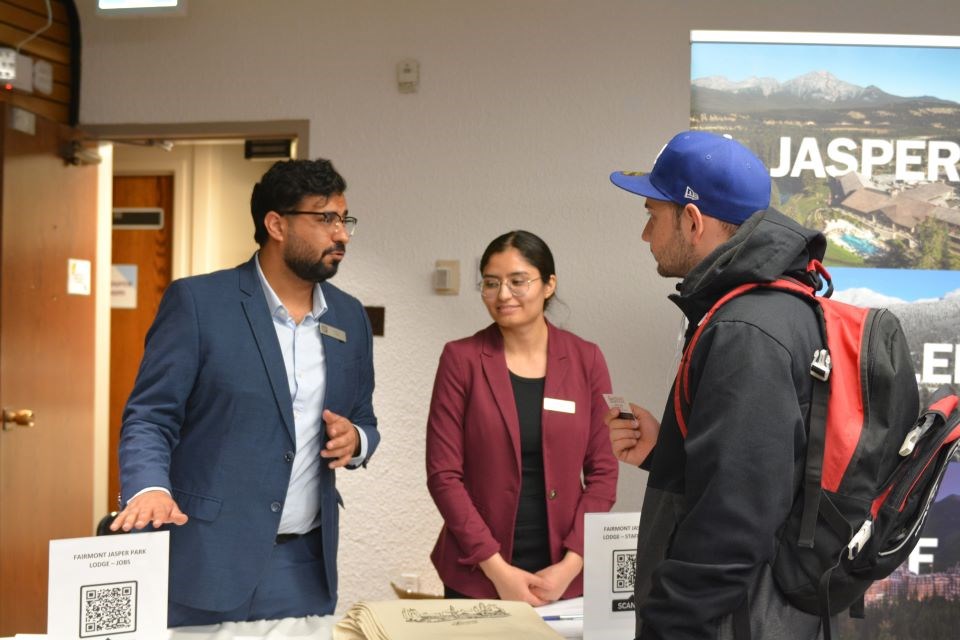This is Jasper’s high season: a time when tourists arrive in droves, businesses are hopping and employment is peaking.
“Now, we can get people jobs,” said Jasper Employment and Education Centre (JEEC) executive director Heidi Veluw.
As the recent Jasper Labour Market Study reveals, Jasper’s tourism-based economy is in a unique position where the major issues it faces are often multifaceted.
Its labour market is heavily affected by the ongoing nationwide shortage of labour, for one thing. Jasper’s major industry is tourism, which is both labour intensive and the sector that perhaps suffered the deepest cuts during the pandemic. Tourism is definitely on the road to recovery, but it’s a long road.
Staffing shortages have affected economic growth, and local employers have reported significant vacancies. It doesn’t help that the fickle weather is a major contributor to the economy.
Take this last winter, for example. Snowfall levels were low, which led to lower attendance at Marmot Basin, which was an indicator of fewer tourists in town. Fewer tourists mean that hotels and restaurants don’t need to staff all the way up, so there was a noticeable decrease in job openings.
It was one of the lowest years for tourism in Jasper for winter.
“These are indeed challenging times,” Veluw said.
“We have contracts where we have to help people get employed, and we can’t. We told the government, ‘There's no jobs to be had,’ so you have a lot of people who are underemployed. A lot of people … their employers just decreased some to below 20 hours a week, including at the hotels. For some, they have contracts where their temporary foreign workers are supposed to have 30, and they were down to much less than that.”
Granted, not every employer comes to JEEC to help with staffing. Some do, and JEEC is always happy to oblige on a one-off basis (as with its perpetual Jasper Job Board) or with special events like Job Fairs.
The good news is that summer is upon us and business is good. By mid-May, a lot of employers were already 80 per cent staffed. Tourism starts to spike on the Victoria Day long weekend, and everybody was ready for it. The restaurants have their summer patios out beckoning everyone to enjoy a meal or a drink under the blue sky.
That means business as usual, which in Jasper comes with a few provisos. The cost of living doesn’t match the living wage recently pegged at $24.90/hour and housing is a major barrier for labour. The seasonality of much of the workforce means that efforts to diversify economic output can help address the challenges of employment ebbing and flowing.
An analysis on Jasper’s economic outlook shows that the GDP of the community is still expected to grow and eventually reach pre-pandemic levels by 2025. As the Jasper Labour Market Study states, businesses will grow in Jasper, and this heightens the importance of understanding and solving the existing labour challenges to make sure that future development continues.




